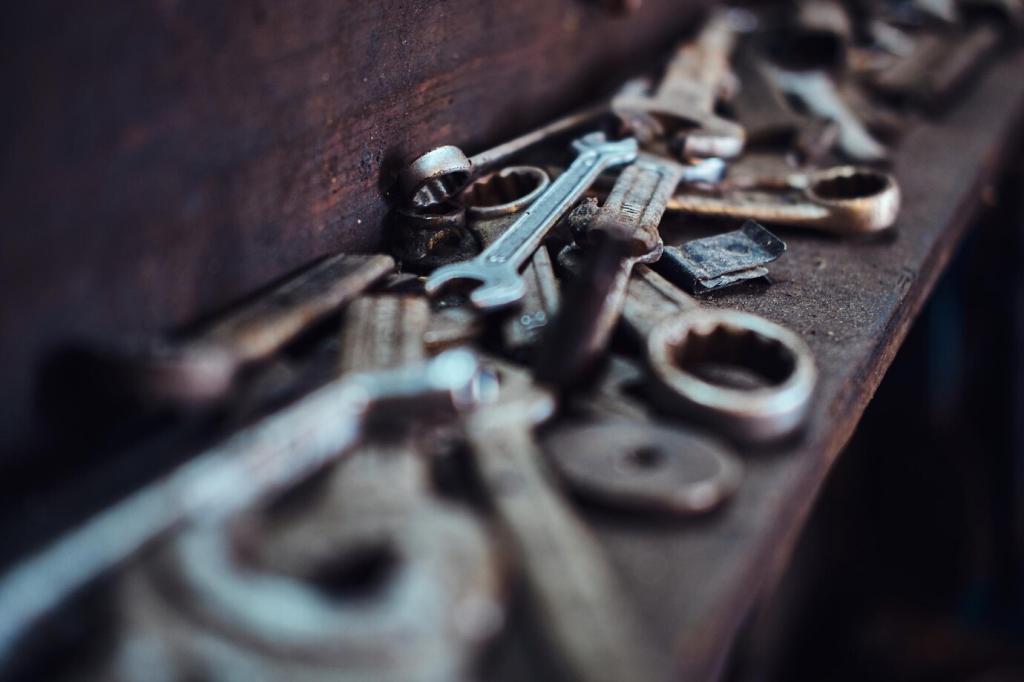
Cleaning Methods for Antique Furniture: Preserve History With Gentle Hands
Selected theme: Cleaning Methods for Antique Furniture. Explore time-proven, conservation-friendly techniques that protect patina and stories embodied in every surface. Ask questions, share your own finds, and subscribe for seasonal checklists that help you care confidently and clean wisely.
Simple tests to identify shellac, lacquer, varnish, or wax
Dab a cotton swab with denatured alcohol on a hidden spot; shellac softens, lacquer responds to lacquer thinner, and varnish resists both. A waxed surface often feels slightly draggy. Always limit moisture, observe changes closely, and photograph results for future reference.
Respect veneers, marquetry, and inlays
Veneers and marquetry can lift with excess moisture or solvents, especially near edges and seams. Use minimal liquid, blot rather than rub, and keep heat low. If you notice lifting or an audible click at an edge, stop immediately and seek guidance.
Wood species and pores influence grime behavior
Open-pored oak traps dust and polish residues in its grain, while closed-grain cherry hides oils beneath a smoother surface. Tailor brushes and cloths to pore structure, using light passes, not pressure. Tell us your wood species and we’ll suggest targeted techniques.
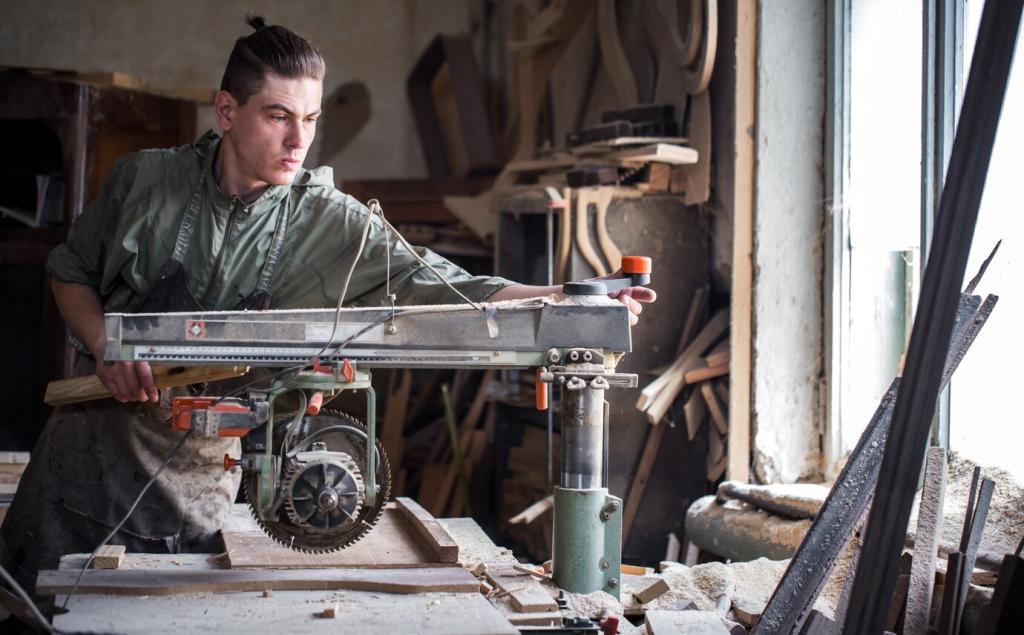
Dry Cleaning First: Dust Without Damage
Brushwork with soft natural bristles
A goat-hair or sable brush lifts dust gently from carvings and crevices without scratching. Work top to bottom with light strokes toward a vacuum nozzle, never across fragile edges. Periodically clean the brush, and avoid static-laden synthetics that push debris into pores.
Microfiber folding technique for safer passes
Fold a clean microfiber cloth into eighths, presenting a fresh face for each pass. Support delicate moldings with your free hand, and glide rather than press. Replace the cloth when soiled to avoid redepositing grime. Share your favorite cloth brands and laundering tips.
Low-suction vacuum etiquette near delicate surfaces
Use a vacuum with adjustable suction and a soft brush attachment, keeping the nozzle slightly away from the surface. A mesh screen can shield loose veneers or marquetry. Move slowly, monitor vibrations, and pause if you hear rattling hardware or feel movement under your fingertips.
Distilled water and pH-neutral soap protocol
Mix a few drops of pH-neutral soap into distilled water, dampen a soft cloth until barely moist, then wipe in the grain direction. Immediately follow with a separate damp cloth to rinse, and finish by blotting dry. Avoid edges, cracks, and lifting areas to prevent swelling.
Test spots, dwell time, and avoiding blooming
Always test in a discreet area, timing contact for seconds, not minutes. Watch for whitening, cloudiness, or tackiness—signs of moisture stress or finish softening. If issues appear, stop and allow full drying before reassessing. Document your test to guide consistent future care.
Odorless mineral spirits can lift oily residues without attacking most cured finishes. Lightly dampen a lint-free cloth, roll it over the surface, and keep moving to fresh areas. Ventilate well, avoid pooling near seams, and test thoroughly—especially on shellac or sensitive touch-ups.
Removing Old Wax, Oils, and Grime
Hardware and Hinges: Clean the Metal, Save the Wood
If hardware must come off, photograph each step, label parts, and bag screws separately. Lay soft cloths under the area to catch drops. Protect the wood with painter’s tape borders, and never pry against delicate surfaces. Keep original fasteners; replacements can reduce historical integrity.
Use a chelating cleaner or very mild polish applied with cotton swabs, keeping product off surrounding wood. Stop before bright brassy glare; a mellow patina is part of history. Finish with a whisper-thin coat of microcrystalline wax to slow tarnish without altering character.
Before reinstalling, align hinges carefully and seat screws by hand to avoid stripping. A pencil’s graphite or a pinhead of wax can quiet squeaks. Test door swing gently. Post your alignment headaches and let the community suggest clever, reversible fixes that won’t mar old wood.
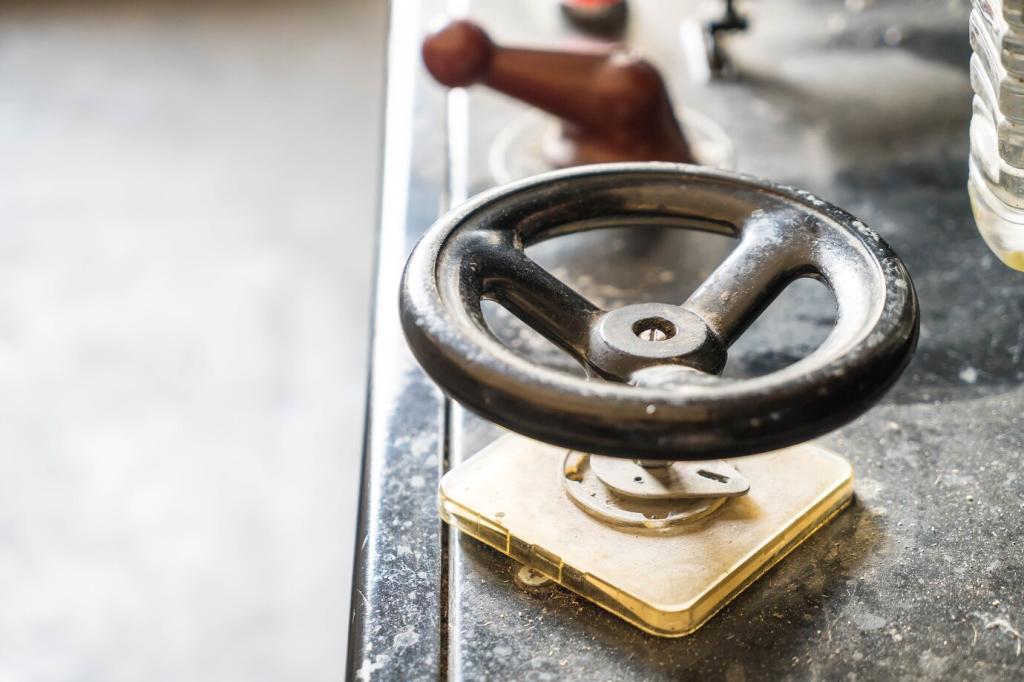
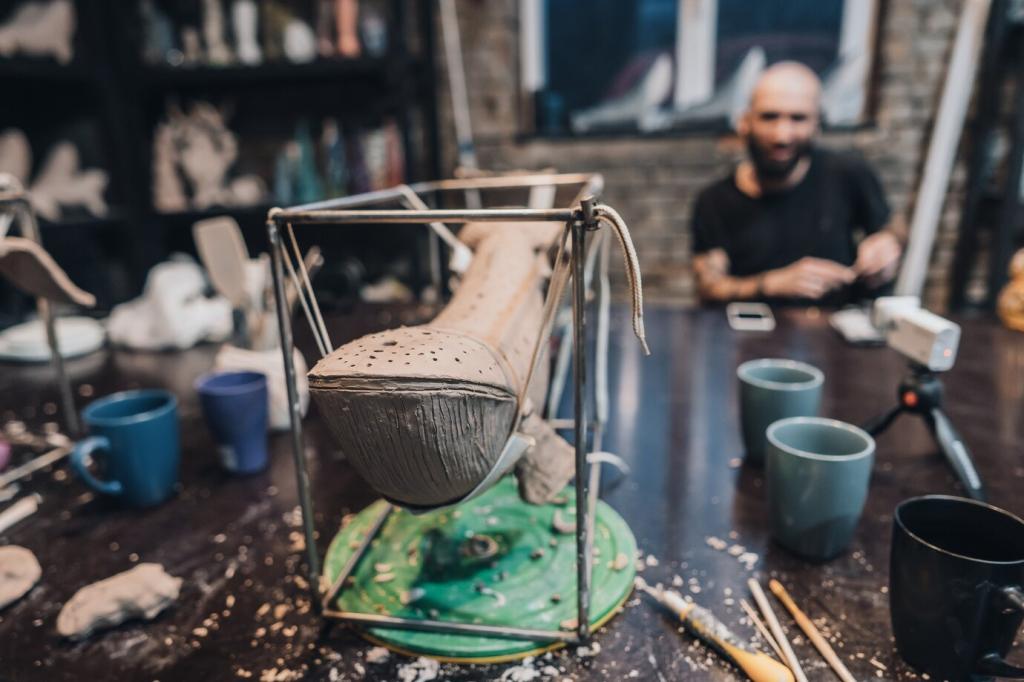
Mold, Mildew, and Musty Odors
Wearing protection, gently vacuum spores with a HEPA unit through a mesh screen. Follow with a light wipe of ethanol or isopropyl alcohol on sealed areas, testing first. Avoid saturating raw wood. Let the piece air in a dry, ventilated room before reassessing and proceeding further.
Mold, Mildew, and Musty Odors
Indirect sunlight and mild airflow can discourage mildew, but never bake a piece in direct heat. Rotate intermittently and monitor humidity around 45–55 percent. Open drawers and doors, spacing them on blocks. Share your climate data for advice mapped to seasons and local conditions.
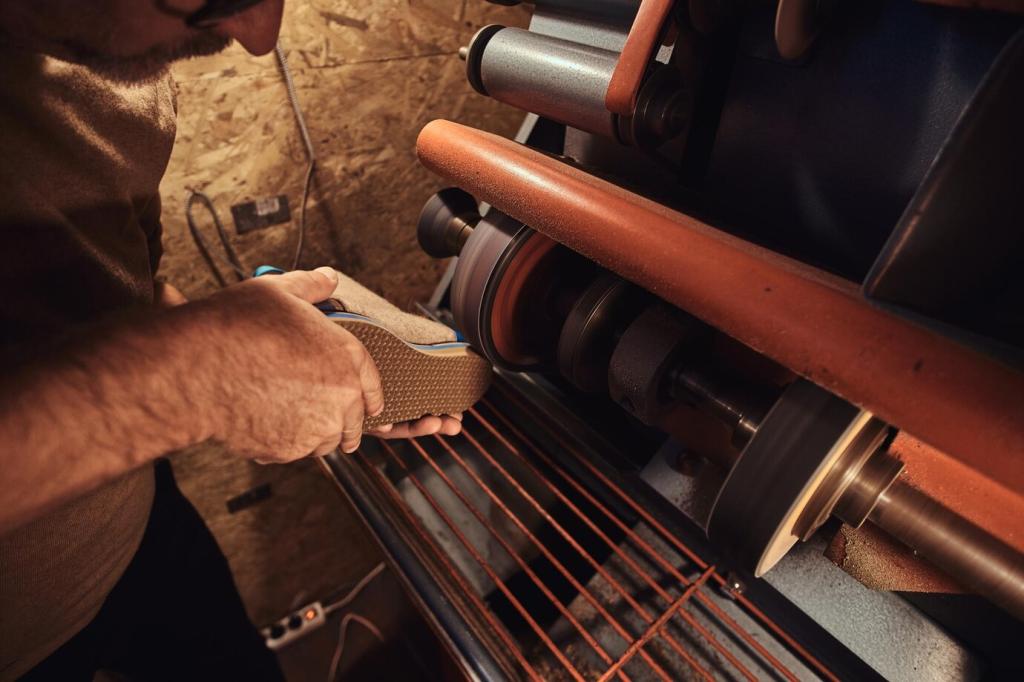
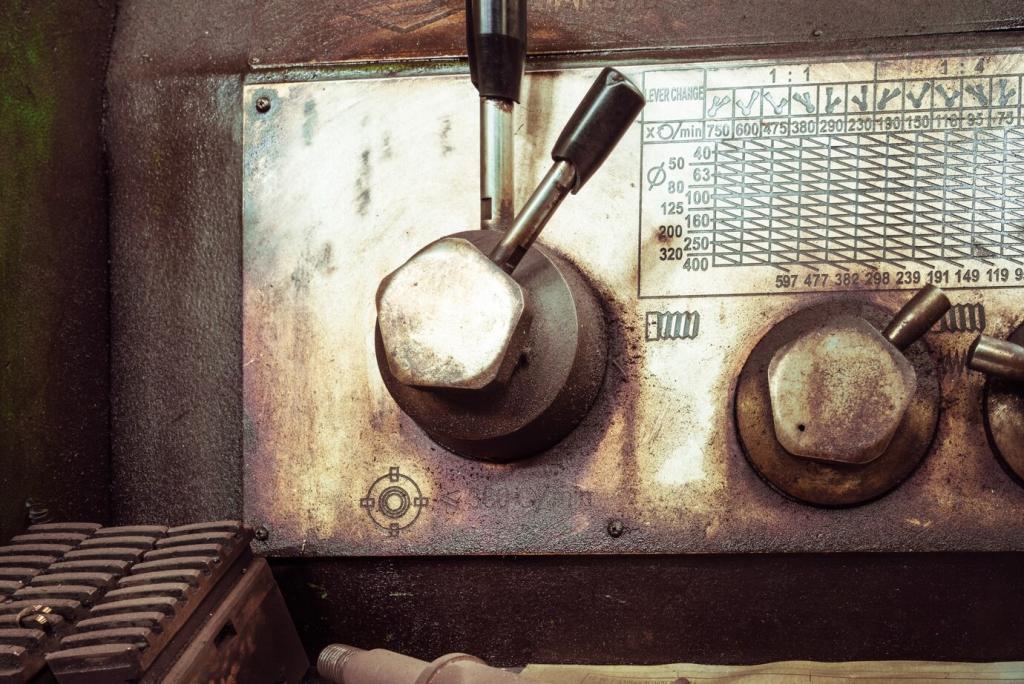
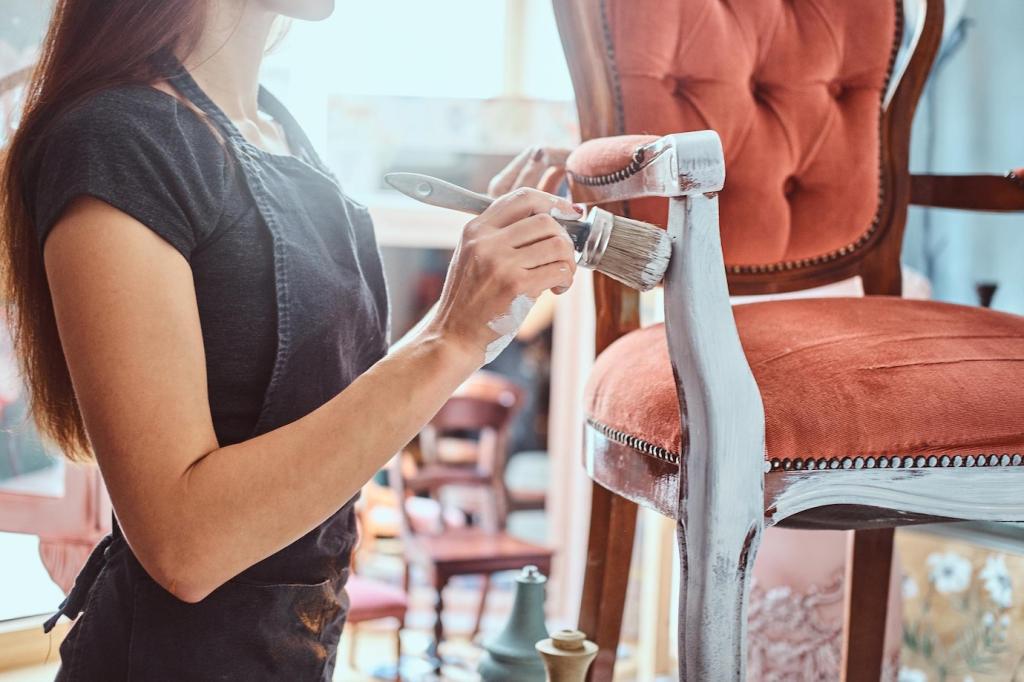
Document, Share, and Keep Improving
Create a simple care log for each piece
Record dates, products, test results, and environmental notes like humidity. Include photos before and after each session. Over time, patterns emerge that inform safer intervals and methods. Post a snapshot of your log template—others can borrow and improve your approach.
Community wisdom and trusted resources
Museums, conservators, and experienced collectors publish careful guidance. Share your favorite books, courses, and channels. We’ll compile recommendations and discuss where advice conflicts. Subscribe to receive curated links focused on gentle cleaning and conservation-grade materials that respect originality.
Seasonal routines that respect patina
Light dusting biweekly, deeper checks quarterly, and annual wax reviews can prevent emergency interventions. Adjust for climate swings, wood movement, and household activity. Comment with your seasonal plan, and we’ll send a customizable checklist aligned with antique-safe, reversible cleaning practices.
